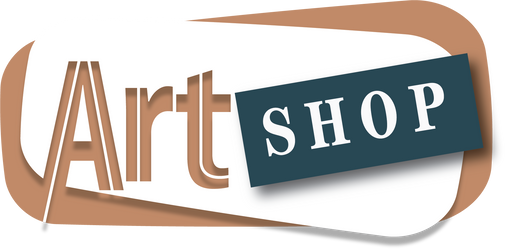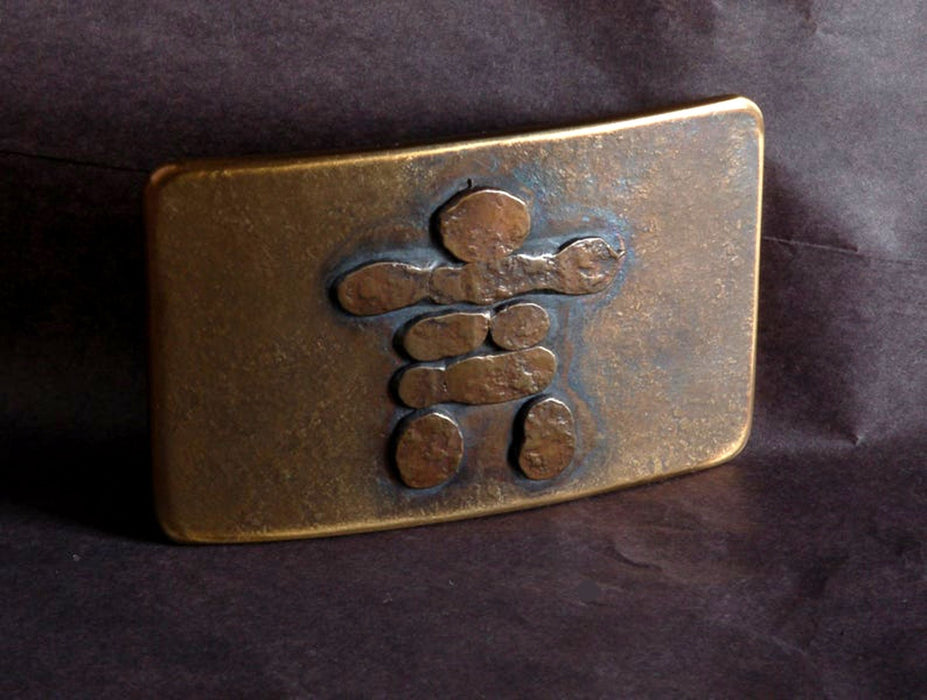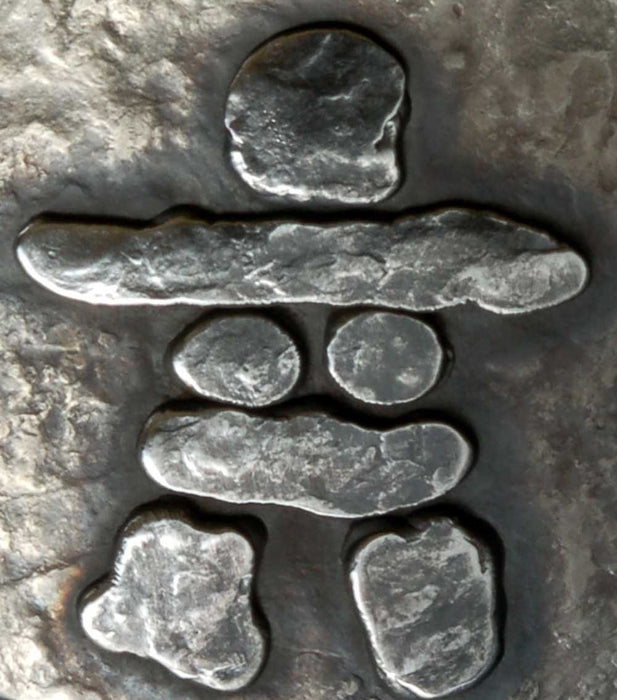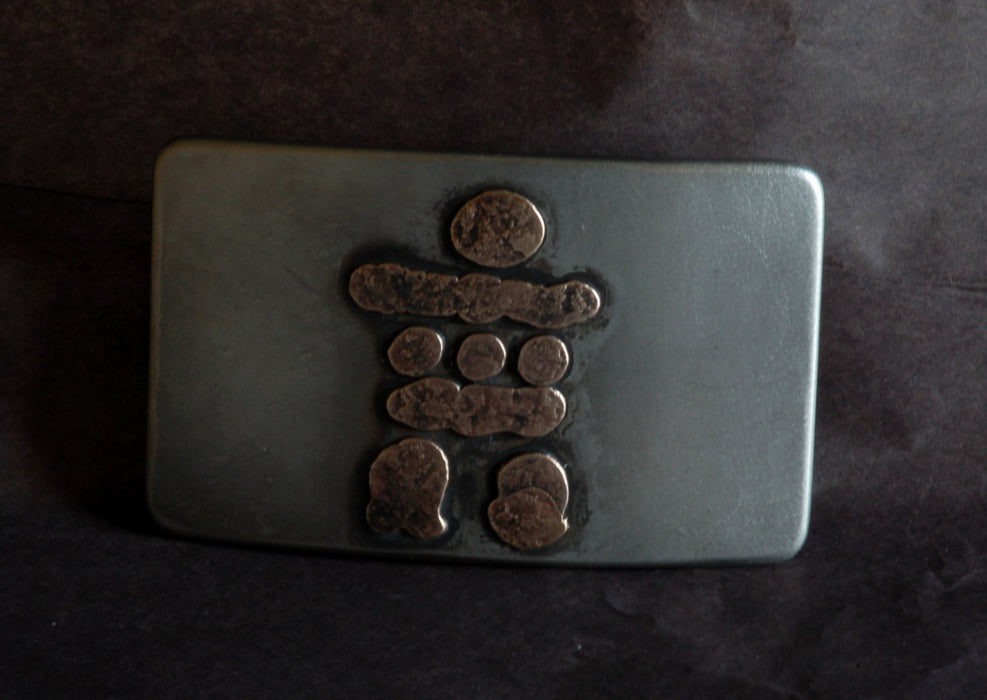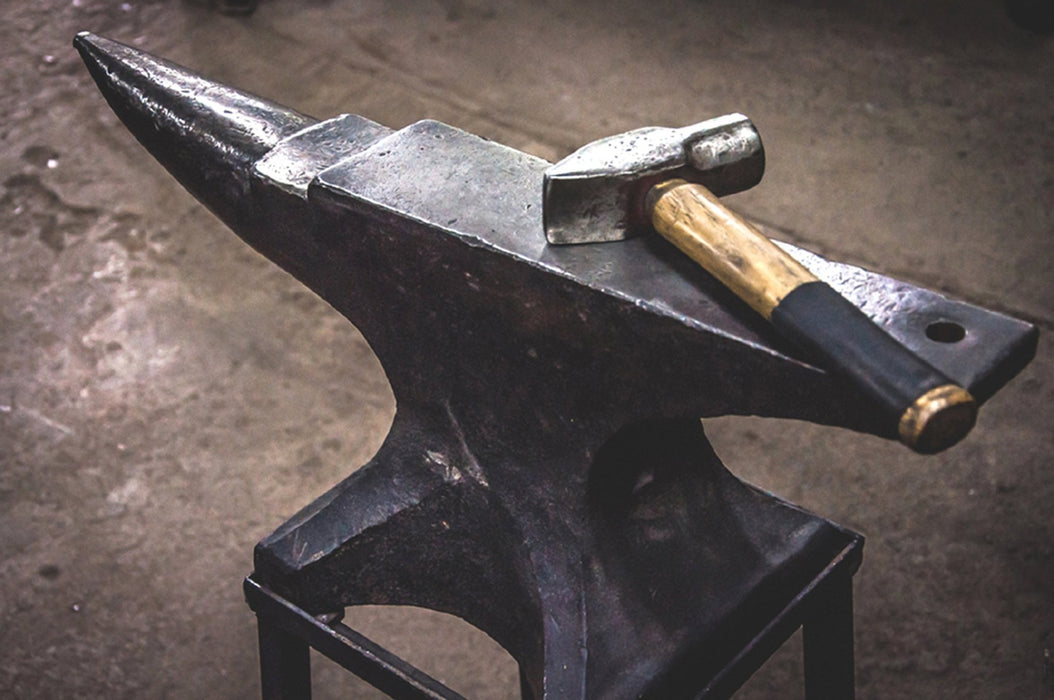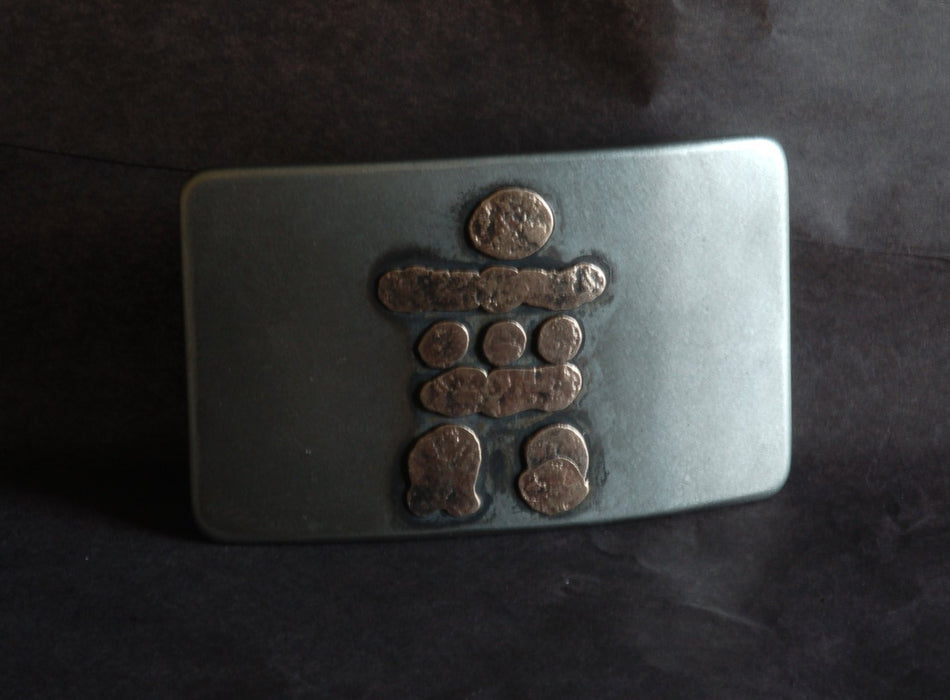
Inuit Art Canadian Inukshuk Belt Buckle ~ Hand Forged Stainless Steel ~ Canadian Made ~ Canadian Souvenir ~ Belt Buckle fits 1-1/2" Belt
Inuit Art hand forged silver stainless steel with bronze Inukshuk overlay.
Canadian Made Inukshuk belt buckle is the perfect Canadian souvenier or corporate gift.
Belt buckle fits 1-1/2" belt.
Inukshuk buckle is Hypoallergenic Solid Stainless Steel for 1.5" Belt for Jeans
Buckle is hand forged by Canadian designer & metal artist, Robert Aucoin
Belt Buckle measures approx 3-1/4" x 2".
Black velvet or beige burlap bag included with each belt buckle. Please choose from our drop down menu, at the time of purchase.
Buckle is signed by Artist, Robert Aucoin
Our one of a kind belts and buckles are sold and shipped W O R L D W I D E
be an original...wear an original by Robert Aucoin
B E L T S
If you require a belt, just let us know, we will make it simple for you to purchase from a custom listing.
Full grain high quality buffalo leather belts in (l-r)dark brown, black, fawn brown, distressed & mahogany sold separately.
https://www.etsy.com/ca/shop/ironartcanada
Just let us know your waist size
or
measure your existing belt from the hole you use most to the end of the belt(where the buckle attaches/don't measure the buckle)
Please let us know which measurement you are giving us ie: waist measurement or favorite hole on existing belt measurement.
Please favorite us and follow us to get the latest...hot off the anvil!
https://www.etsy.com/ca/shop/ironartcanada
Inuksuk (From Wikipedia)
An inuksuk at Igloolik, Nunavut, Canada
An inuksuk (plural inuksuit) [1] (from the Inuktitut: áƒá“„ᒃᓱᒃ, plural áƒá“„ᒃᓱáƒá‘¦; alternatively inukshuk in English[2] or inukhuk in Inuinnaqtun[3]) is a stone landmark or cairn built by humans, used by the Inuit, Inupiat, Kalaallit, Yupik, and other peoples of the Arctic region of North America. These structures are found from Alaska to Greenland. This region, above the Arctic Circle, is dominated by the tundra biome and has areas with few natural landmarks.
The inuksuk may have been used for navigation, as a point of reference, a marker for travel routes, fishing places, camps, hunting grounds, places of veneration, drift fences used in hunting [4] or to mark a food cache.[5] The Inupiat in northern Alaska used inuksuit to assist in the herding of caribou into contained areas for slaughter.[6] Varying in shape and size, the inuksuit have longtime roots in the Inuit culture.
Historically, the most common type of inuksuk is a single stone positioned in an upright manner.[7] There is some debate as to whether the appearance of human- or cross-shaped cairns developed in the Inuit culture before the arrival of European missionaries and explorers.[7] The size of some inuksuit suggest that the construction was often a communal effort.[4]
At Enukso Point on Baffin Island, there are over 100 inuksuit. The site was designated a National Historic Site of Canada in 1969.[8][9]
Inuksuk in the vicinity of Kuujjuarapik, Quebec.
Inuksuit at the Foxe Peninsula (Baffin Island), Canada
The word inuksuk means "something which acts for or performs the function of a person". The word comes from the morphemes inuk ("person") and -suk ("ersatz" or "substitute"). It is pronounced inutsuk in Nunavik and the southern part of Baffin Island (see Inuit phonology for the linguistic reasons). In many of the central Nunavut dialects, it has the etymologically related name inuksugaq (plural: inuksugait).
Despite the predominant English spelling as inukshuk, both the Government of Nunavut[10] and the Government of Canada through Aboriginal Affairs and Northern Development Canada[11] are promoting the Inuit-preferred spelling inuksuk.
A structure similar to an inuksuk but meant to represent a human figure, called an inunnguaq (áƒá“„ᙳáŠá–…, "imitation of a person", plural inunnguat), has become widely familiar to non-Inuit. However, it is not the most common type of inuksuk. It is distinguished from inuksuit in general.
The Hammer of Thor, located on the Ungava Peninsula, Quebec may be an inuksuk.[citation needed]
Modern usage[edit]
An inuksuk on the flag of Nunavut
Inuksuk sculpture by David Ruben Piqtoukun in the lobby, Canadian Embassy, Washington, D.C.
An inukshuk on the grounds of the National Assembly, Quebec City
Inuksuit continue to serve as an Inuit cultural symbol. For example, an inuksuk is shown on the flag and coat of arms of the Canadian territory of Nunavut, and the flag of Nunatsiavut. The high school in Iqaluit is named Inuksuk High School after the landmarks.
Inuksuit—particularly, but not exclusively, of the inunnguaq variety—are also increasingly serving as a mainstream Canadian national symbol. In 1999 Inukshuk was the name for the International Arctic Art & Music Project of ARBOS in the Canadian provinces of Québec, Ontario, Nunavik, and Nunavut; and in Greenland, Austria, Denmark and Norway.[12]
On July 13, 2005, Canadian military personnel erected an inuksuk on Hans Island, along with a plaque and a Canadian flag, as part of Canada's longstanding dispute with Denmark over the small Arctic island.[13] The markers have been erected throughout the country, including a nine-metre-high inuksuk that stands in Toronto on the shores of Lake Ontario. Located in Battery Park, it commemorates the World Youth Day 2002 festival that was held in the city in July 2002.
Artisan Alvin Kanak of Rankin Inlet, Northwest Territories (now in the territory of Nunavut), created an inuksuk as a gift to the city for Expo 86. The land has since been donated to the city, and is now a protected site.
